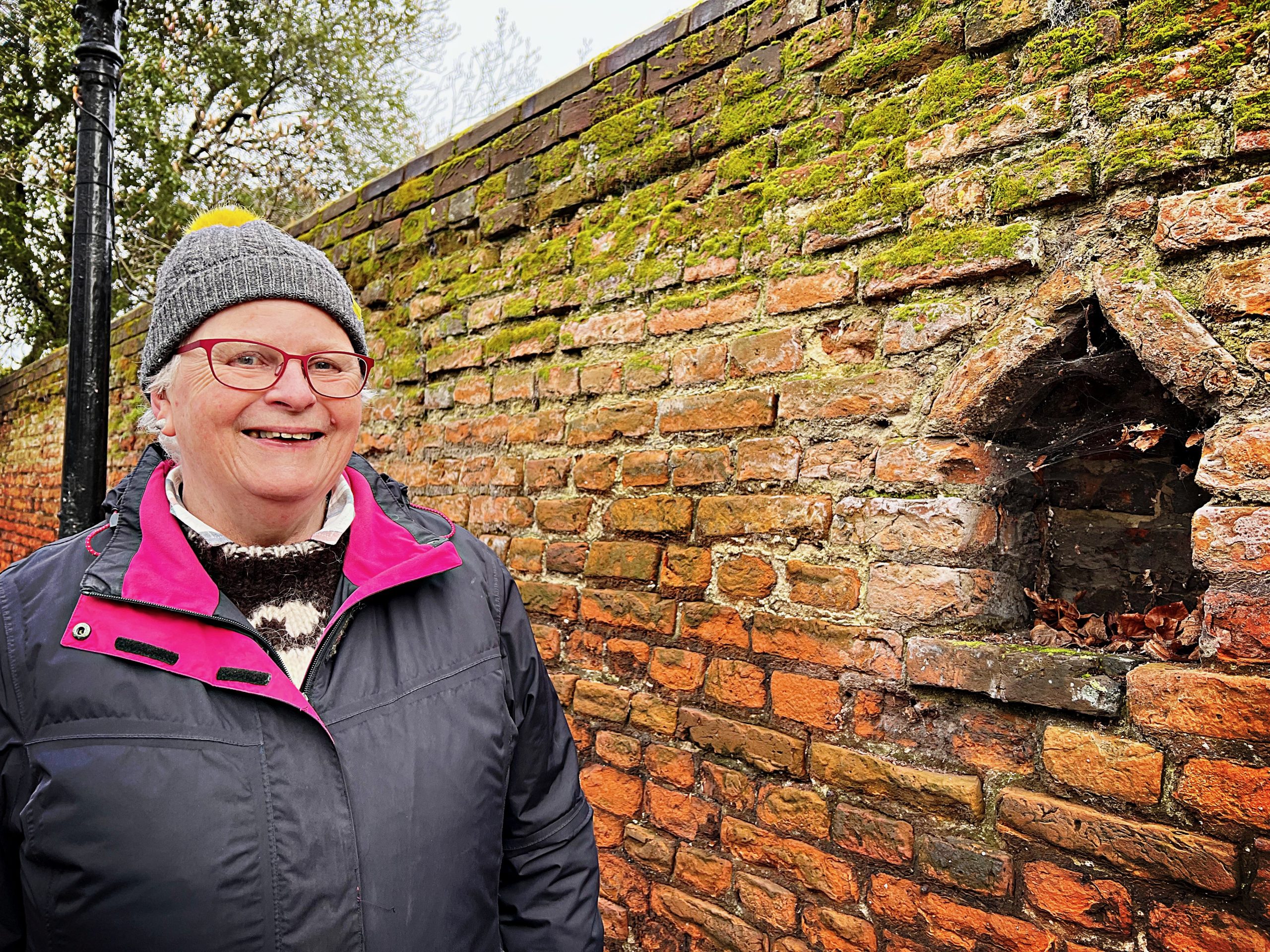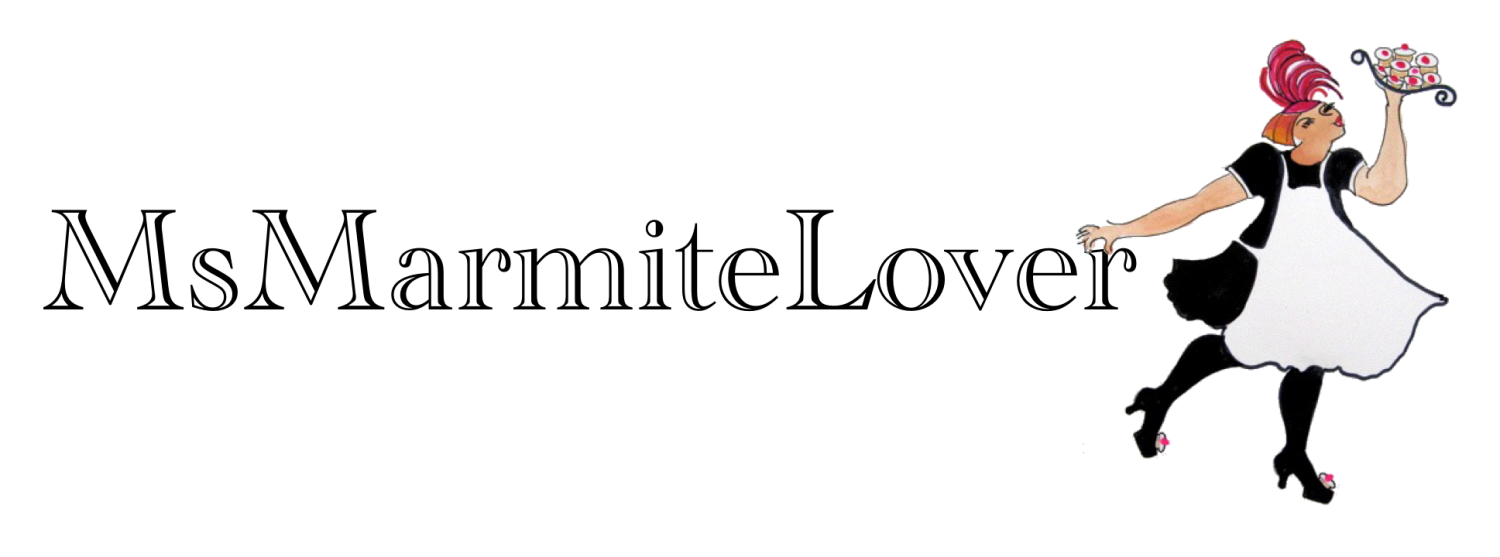- Hannah Nicholls
- Matchsticks, pencils and fingers
On International Women’s Day this year, I was in Canterbury, Kent doing workshops with three female-run companies.
The first workshop is run by Hannah Nicholls of Natural Pathways. She was raised on a small holding in Suffolk, then moved to Australia to spend time with her sister in the Daintree rain forest. She spent a year on her own with three young children, no electricity, no running water, and found herself sweeping up scorpions every morning. Nicholls has been teaching bushcraft for 21 years now, having trained with Thomas Schorr-Kon at the Trackways school in the UK and Tom Brown Junior’s Tracker School in the USA.
- Old man’s beard
- Lining the fire pit
- King Alfred’s cakes
- The teepee fire structure
On this mini ‘experience’, we learnt to build a fire in the woods. First we gathered wood, dividing sticks into three sizes and thicknesses – matchsticks, pencils and fingers. Then we dug a circular pit, which we lined with more wooden sticks. It’s advisable to dig a pit when building a fire for three reasons: to protect the ground and ‘leave no trace’; to contain the boundaries of the fire; and to encourage the air to literally circulate. The matchsticks are propped up in the ground in a teepee form, then pencils and fingers are added. An opening is made within the teepee in which ‘Old Man’s Beard’ and other dry fluffy vegetation such as rosebay willowherb or fireweed is placed. You could also use ‘King Alfred’s cake’ or ‘cramp ball’, a knobbly fungus often found on ash trees, also known as nature’s fire starter.
- Using a fire stick
- Cleaver Tonic
I started the fire with a fire stick, a metal stick upon which you strike down to make a spark. This is something I must get – it’s incredibly useful for camping or hiking. On full bushcraft courses you learn to start a fire with the bow method.
Chef Lucia Stuart of The Wild Kitchen then took over. We’d gone on a foraging walk, finding wild garlic, dock seeds (which can be made into flour), alexanders (a Roman plant that can be used in salad). She made a delicious dhal on the campfire, served with a wild garlic raita and an alexander and parmesan crumble. We drank tea made from hazel catkins and a refreshing cucumber-style ‘tonic’ from cleavers (the ‘velcro’ plant).
Lucia regularly runs foraging workshops. In May this year she will be hosting an event, ‘Asparagus by Bike’, and I’ll be helping out.
- Lucia Thomas
- Dock seeds
- Dock seeds
- Burdock
- Hazel catkins for tea
- Wild garlic
In the afternoon we took up charcoal, chalk (local, from the white cliffs) and sketchbook with Creative Pilgrims, run by photographer Liz Garnett and iconographer Alexandra le Rossignol.
‘What’s an iconographer?’ I asked her.
‘I make icons, like you see in Russian or Greek Orthodox art.’ Icons have strict rules of depiction, with coded prototypical images, no perspective or shadows.
- St Martin’s church, Canterbury
I’ve been interested in pilgrimages since doing the Camino de Santiago in 2019. Canterbury is a crossroads for several pilgrimages such as the Augustine Camino (from Rochester to Ramsgate) and The Way of Saint Martin (from Dover to Canterbury). Canterbury is a feeder path for the Camino de Santiago and the Via Francigena to Rome.
Why is Canterbury and Kent the centre of English Christianity rather than London? A condition of the Kentish King Ethelbert’s marriage in 597 AD to Queen Bertha was that he would convert from paganism. She brought over a Christian archbishop called Leodheard as well as Saint Augustine who built the cathedral.
Queen Bertha worshipped at St Martin’s Church, the oldest in continuous use in the English-speaking world. After ‘making marks’ in charcoal, we moved further into town to St Thomas of Canterbury church and looked at the relic of Saint Thomas Becket’s finger bone.

Alexandra le Rossignol, iconographer, of Creative pilgrims, next to an ancient beehive in the city walls of Canterbury
I’ve always known the martyr as Thomas à Becket, but this was a reformation Protestant smear as a Twitter thread explains. There is no à. Murdered by Henry II at the altar of Canterbury Cathedral in 1170, it became a shrine for medieval pilgrims. An even more psychopathic King, Henry VIII, destroyed the shrine in 1538, in his bid to rid England of Catholicism.
- Candle for Thomas Becket
- Canterbury cathedral
See also this blogpost ‘Food and drink in Kent’ on asparagus, beer, rapeseed oil, Benedictine nuns and Margate.
























Leave a Reply